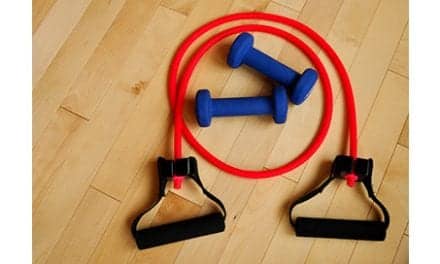A recent study from Finland shows that physical therapy alone produces results equal to arthroscopic surgery and open surgical repair in the treatment of non-traumatic rotator cuff tears. The research was built around treatment of 173 patients aged 55 years and older with supraspinatus tendon tears. Patients were assigned to one of three groups: one received only physical therapy; one group received acromioplasty and physical therapy; and the third was treated with rotator cuff repair, acromioplasty, and physical therapy.
According to a news release from the American Physical Therapy Association (APTA), each group contained similar age ranges and equal distribution by sex. After exclusions and dropouts, a total of 167 shoulders were available for assessment. Elements of the physical therapy treatment remained the same across groups; specifically, patients were given guidance and information on home exercise that focused on glenohumeral motion and active scapular traction for the first 6 weeks, with increases during the next 6 weeks. This was followed up by increased strength and resistance training for up to 6 months.
The APTA news release also notes that participants were also referred for 10 physical therapy sessions in an outpatient clinic. The results of the study reveal that when patients were assessed using the Constant score at 3 months, 6 months, and 1 year, there was substantial similarity in rates of improvement.
The authors of the study write, “Contrary to our hypothesis, surgical repair of a supraspinatus tear does not improve the Constant score when compared with acromioplasty only or conservative treatment,” the authors write. Additionally, the patients’ subjective satisfaction ratings were the same for all three approaches.” In addition, the authors note that participants were aware of the treatment path assigned to them, but the surgery group did not report notably different perceptions of improvement.
Overall, the authors of the study write that follow-ups of 167 shoulders treated show that “conservative treatment should be considered as the primary treatment for this condition.”
[Source: APTA]





